U beogradskom stanu Ivane Mrđe: "Moj lični stil reflektuje se u svemu što radim"
S Ivanom Mrđom o ljepoti, dizajnu… i, zapravo, smislu života. Fotografije: HENRIK LUNDELL
Tena Razumović ŽmaraApril 14, 2025
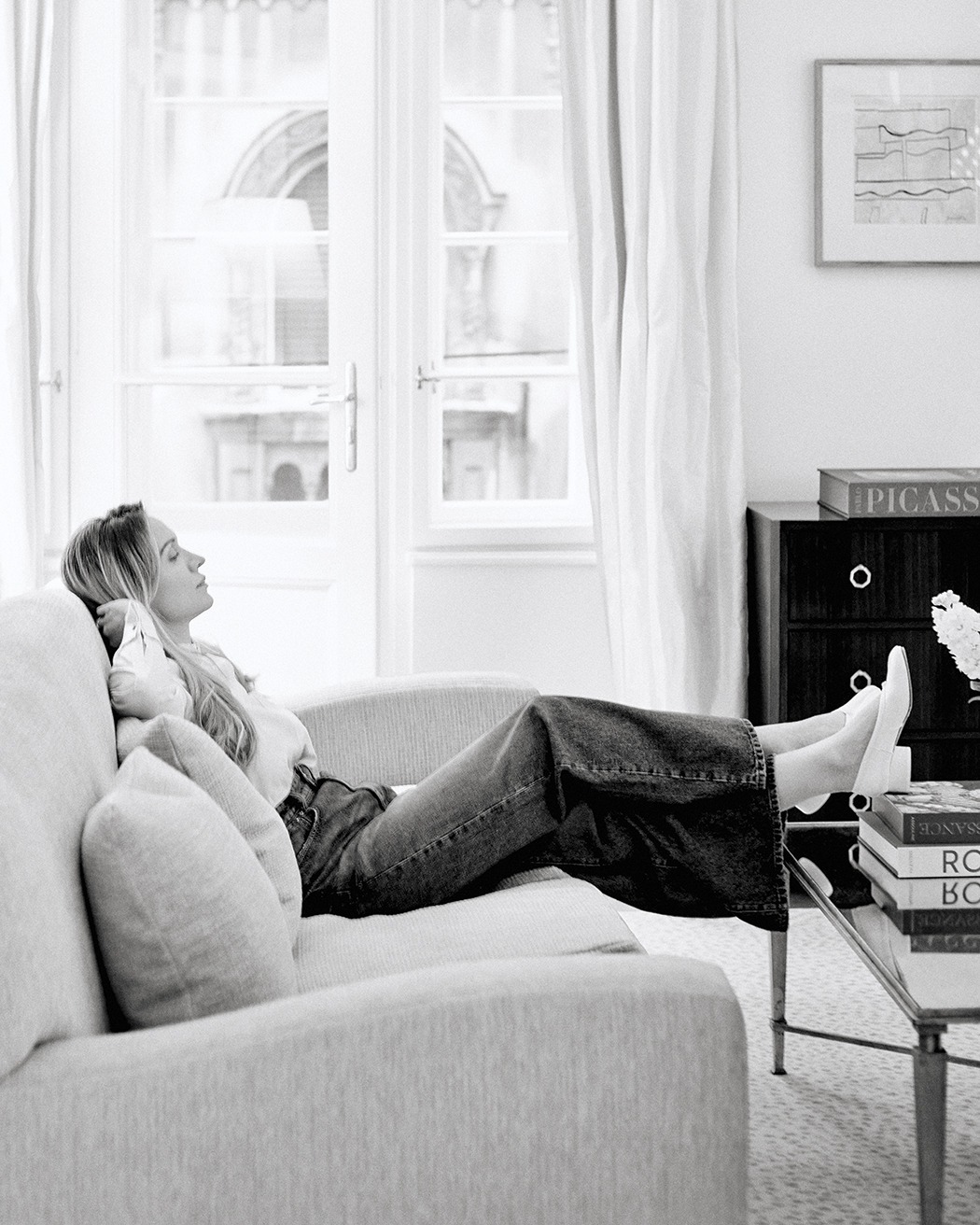
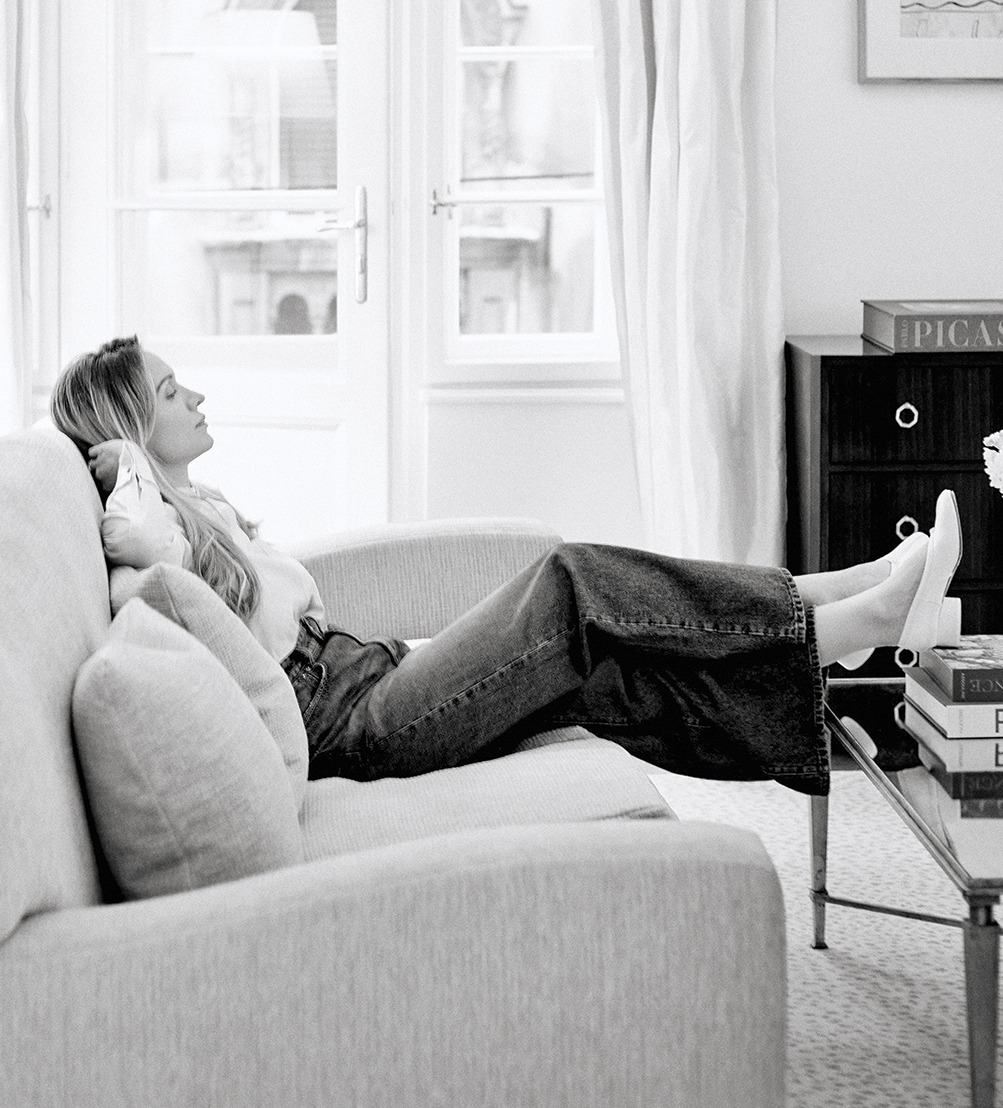
S Ivanom Mrđom o ljepoti, dizajnu… i, zapravo, smislu života. Fotografije: HENRIK LUNDELL
Tena Razumović ŽmaraApril 14, 2025
Od pećinskih crteža do Instagram filtera, čovjek je oduvijek bio opsjednut ljepotom. Njezina je privlačnost arhetipska, instinktivna, gotovo bolna. Ljepota je obećanje, utjeha, bijeg. Ali i provokacija, oružje, ogledalo koje nam nemilosrdno vraća odraz naših najdubljih želja i strahova. „Ljepota će spasiti svijet“, rekao je Dostojevski, a ja se pitam od čega. Od nas samih? Od ružnoće koju stvaramo? Ili je ljepota tek luksuz, privilegija onih koji si ju mogu priuštiti u svijetu koji se raspada? „Dizajn nije samo ono što izgleda i što se osjeća. Dizajn je kako radi“, rekao je Steve Jobs, a ja bih dodala: dizajn je i ono što sanjamo. U Beogradu, u srcu Dorćola, Ivana Mrđa stvorila je Midori, concept store koji prkosi konvencijama. Midori nije tek trgovina, to je pomno kurirana zbirka predmeta koji slave estetiku i funkcionalnost. To je prostor gdje se susreću umjetnost, dizajn i svakodnevni život, stvarajući jedinstvenu atmosferu koja inspirira i provocira. Nije to samo mjesto gdje se prodaju predmeti, to je galerija, laboratorij, utočište za one koji vjeruju da ljepota ima moć. Cijeli koncept zapravo je manifest, izjava, poziv na pobunu protiv prosječnosti. S Ivanom sam razgovarala o tome što znači stvarati ljepotu u vremenu krize, kako dizajn može promijeniti naše živote i zašto je važno da se okružimo predmetima koji nas inspiriraju, provociraju i, možda ono najvažnije – tjeraju da sanjamo.
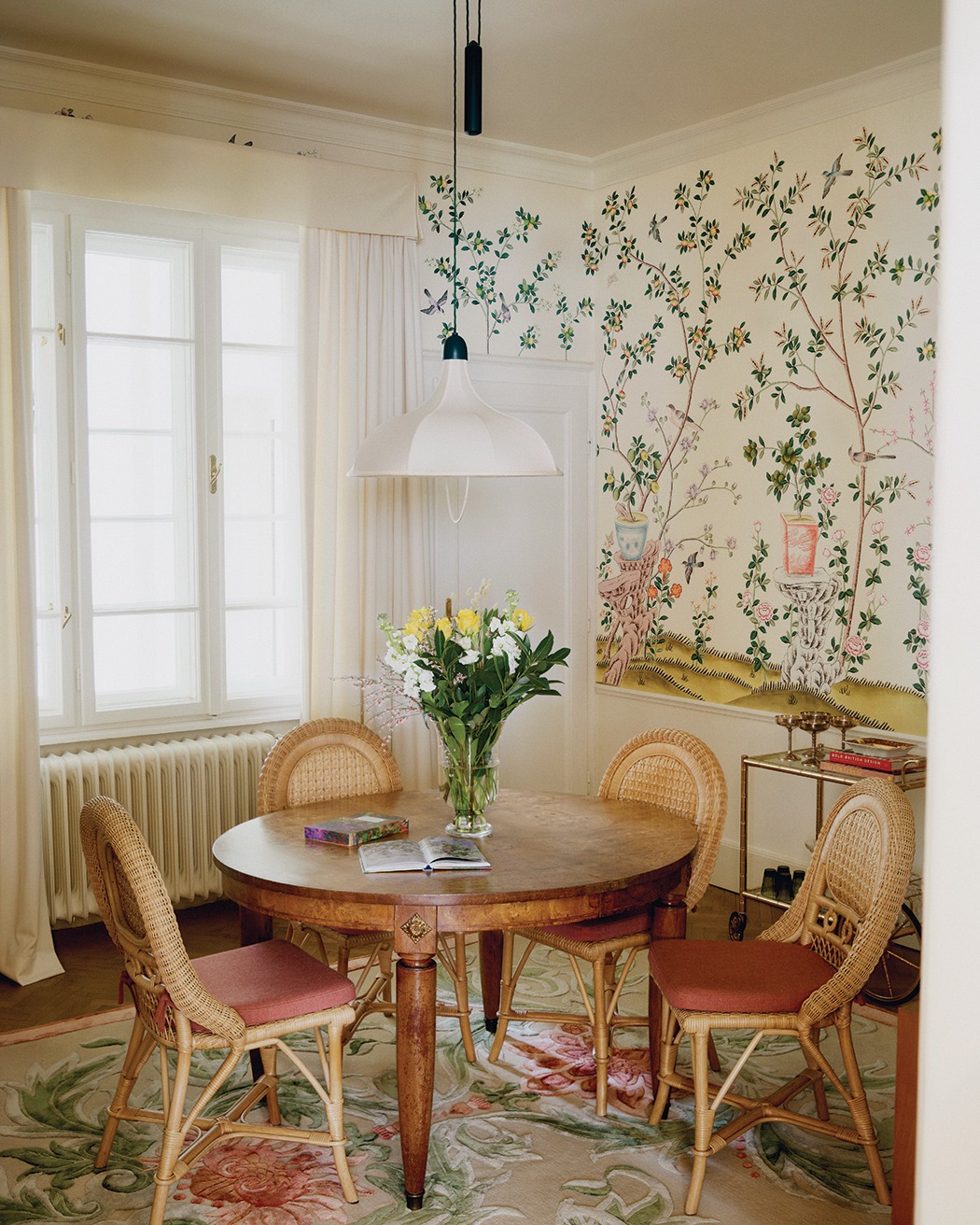
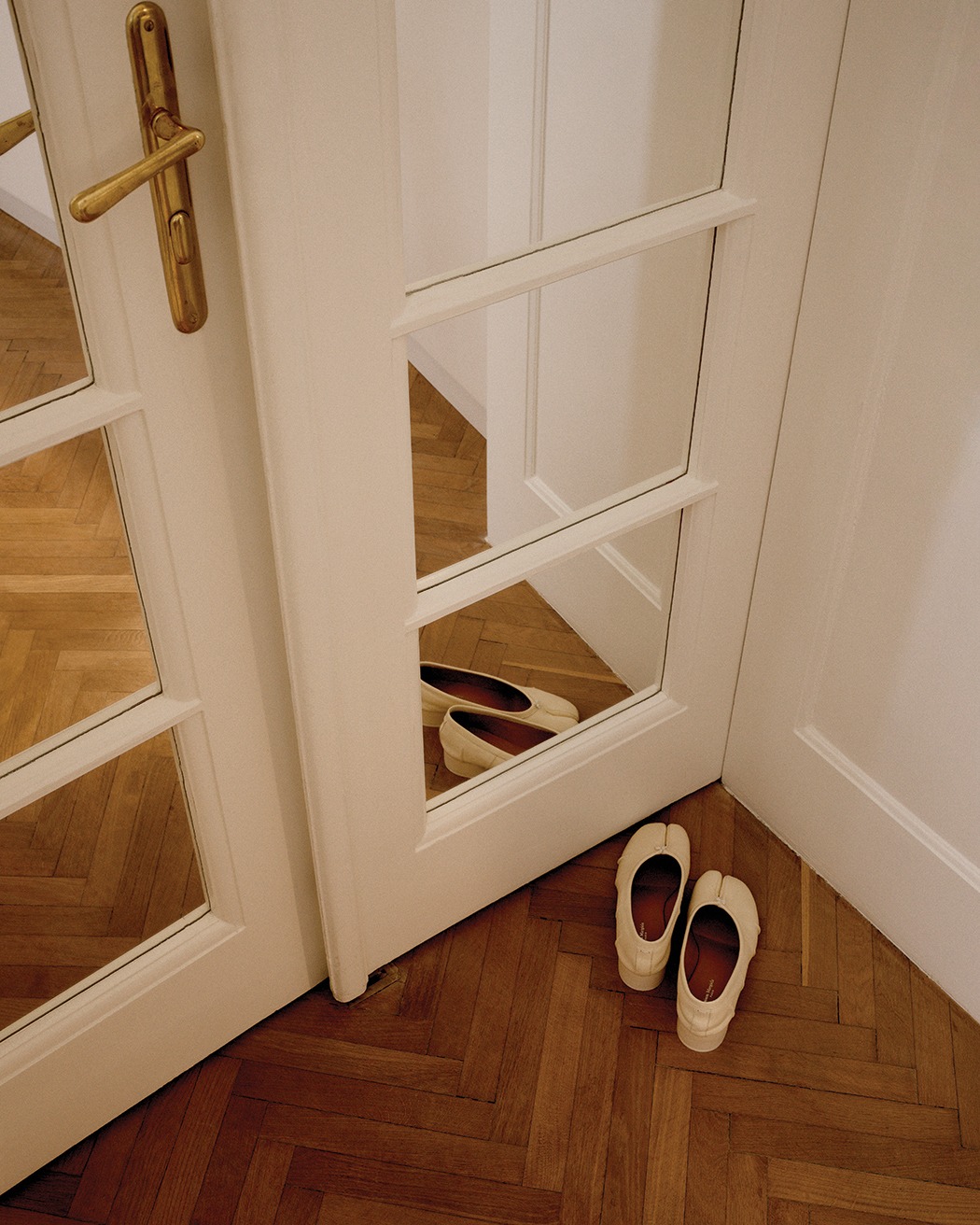
Na samom startu nisam mogla ne zapitati se kamo bi Ivana, kad bi mogla posjetiti bilo koji trenutak u povijesti dizajna ili umjetnosti, otišla i zašto? Kako se taj period ogleda u njezinom osobnom stilu i asortimanu Midorija? I da skočimo u suvremenost, vjerujte mi, ovo ima smisla – je li Guo Pei i njezin rad za Rihannu na Met Gali primjer kako umjetnost može postati globalni fenomen? „Ovo je veoma interesantno pitanje s obzirom na to da u različitim epohama pronalazim inspiraciju, trudeći se da određenu epohu kroz rad oživim na način da ona postane gotovo stvarna“, započela je svoja razmišljanja Ivana. „Što se tiče dizajna enterijera i arhitekture, postmodernizam je davao puno slobode izražavanja svega što sam napomenula. Volela bih da sam imala priliku da radim u vreme Renza Mongiardina, jer su mi i danas njegovi eklektični enterijeri velika inspiracija. Na primer, smela kombinacija baroka i renesanse je za mene gotovo savršen spoj. Stolice koje je on dizajnirao za Bonacinu našle su se u enterijeru trpezarije mog doma i to je bio jedan od prvih komada koji sam odabrala“, odmah je Ivana prešla na ono osobno, ono što pokazuje tko smo, kakva je naša ljepota.
„Moj lični stil reflektuje se u svemu što radim, ali isto tako i na sve ono u šta verujem i što me inspiriše. Midori je za mene ideologija koju živim i u koju vjerujem.“
Kaže mi kako joj je drago što su svi partneri na pravi način prepoznali tu ideju „Gotovo je nestvarno na koji način simbioza svih naših brendova u Midoriju stvara utisak jednog sasvim drugačijeg sveta“, objašnjava Ivana. Tema Rihannine haljine za Met Galu s potpisom velike dizajnerice Guo Pei nešto je što u Ivaninom „slučaju ljepote“ ima posebno mjesto. „Da, dobro se sećam te haljine. Bila je zaista impresivna s bogatim zlatnim vezom i detaljima inspirisanim kineskom imperijalnom estetikom. Sjajno je odgovorila na temu ‘China: Through the Looking Glass’ koja je istraživala uticaj kineske kulture i umetnosti na zapadnu modu. Imala sam priliku da pet godina živim u Aziji i to iskustvo je imalo veliki uticaj na mene. Kasnije, deo Midorija postaju mnogi brendovi koji se vezuju za njihovu tradiciju i umetnost, što za mene i moj rad ima istinski i simbolično značenje. Ja duboko verujem da umetnost postaje globalni fenomen kada prelazi granice vremena, prostora i kulture i vezuje se sa univerzalnim istinama, emocijama i lepotom“, zaključila je Ivana.
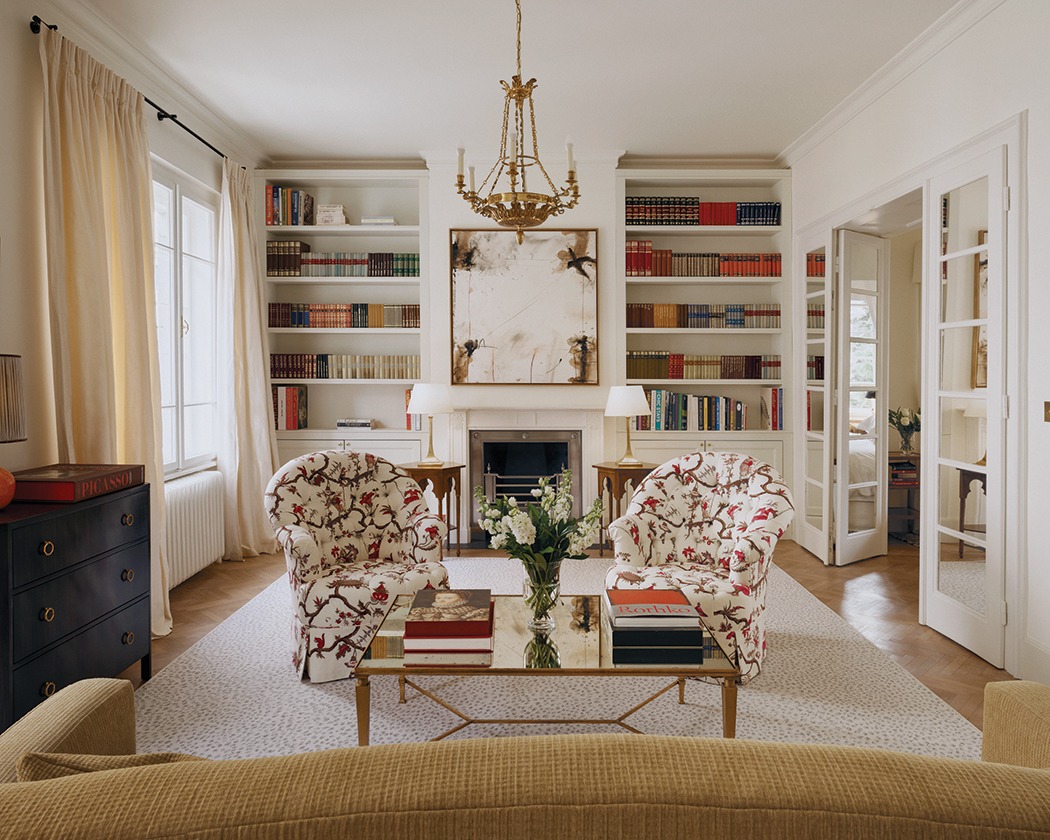
Predmeti ljepote, predmeti obožavanja često su jezik kojim i komuniciramo međusobno, ili barem naizgled šaljemo poruke „u svijet“. Ivanin jezik ljepote oduvijek je bio univerzalan i namijenjen onome kome se poruka šalje, s kime ona putem svojim predmeta ljepote i obožavanja komunicira. „Mnogo sam puta do sada ponovila da lepota ne pruža radost onome ko je poseduje, nego onome ko je zna voleti i diviti joj se. Moja ljubav prema enterijerima potiče još iz ranog detinjstva. Moja majka ima veliku sklonost prema umetnosti i ručnom radu i još sam kao mala, uz nju, ljubav prema lepoti preusmerila u svoju ljubav prema enterijerima. Lepota je za mene univerzalna, vidim je u ljudima, nebu, životinjama, muzici, umetnosti… Nijednom enterijeru ne pristupam isključivo samo kao prostoru. Ponekad ne mogu spavati noću razmišljajući na koju stranu postaviti cvet u vazi. Za mene sve velike stvari počinju od nezamislivo malih detalja.“ To se i vidi. Ako krenete komunicirati tim „midori jezikom“, shvatit ćete da je on jedna fina i decentna kombinacija antikviteta i suvremenog dizajna spojenih u harmoniju gdje ove dvije suprotnosti žive u fluidnom balansu. Ivana zasigurno ima favorita, odmah mi je prošlo kroz glavu. Sigurno postoji predmet koji nosi posebno emocionalno i estetsko značenje.
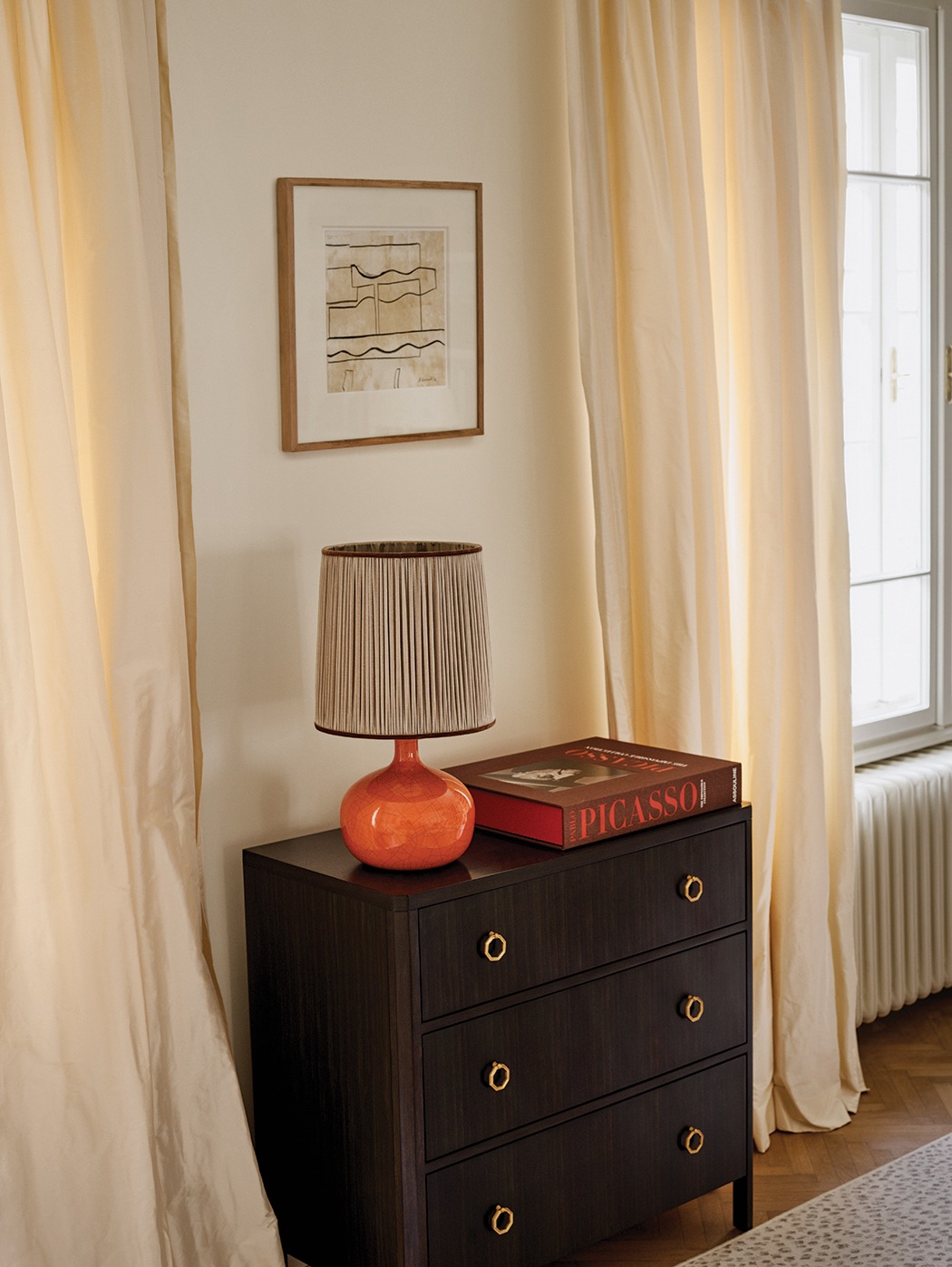
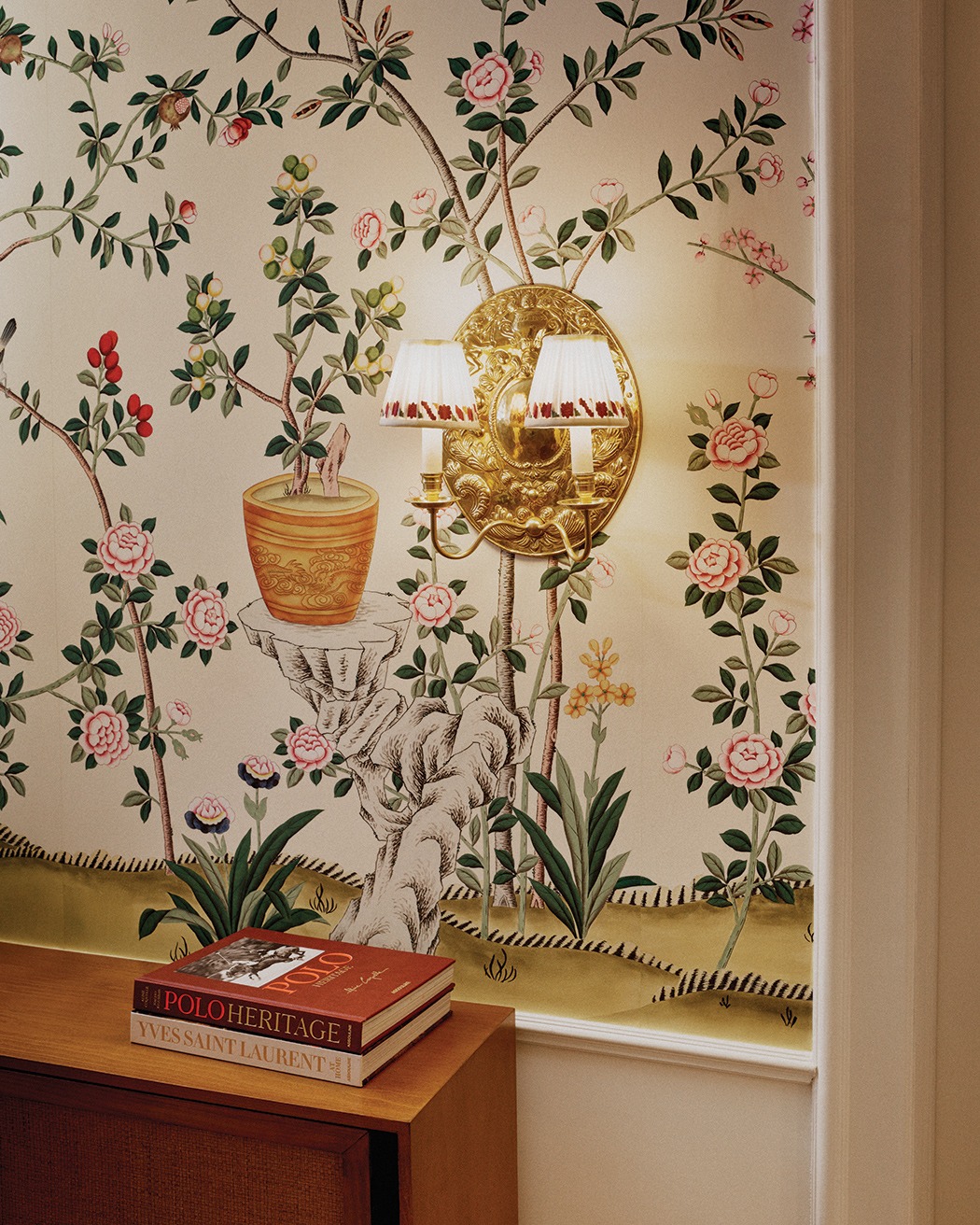
„Fotelje koje se nalaze u salonu stana crtane su i izrađene u Londonu po uzoru na stolice Lee Radziwill čiji pariški dom obožavam. Imala sam mnogo sreće da su one jedan od poslednjih radova predivnog britanskog stolara koji je studirao u klasi zajedno s današnjim osnivačem De Gournaya, Claudom Cecilom Gurneyjem. Načinu izrade nameštaja nekada se posvećivalo mnogo više pažnje, ručnog rada i ljubavi nego što se to čini danas. Te stolice su možda moj najdraži komad u stanu“, nastavila je o svome favoritu, no nije tu stala. „Glavno mesto u stanu svakako pripada slici za koju sam posebno vezana. Slika je delo Đorđa Ivackovića i u njoj za mene ima dosta simbolike. Bio je jedan od najistaknutijih srpskih slikara druge polovine 20. stoleća. Njegova umetnost se često opisuje kao vizualni ekvivalent improvizacije i ritma koji karakterišu džez. Mene to vraća u najlepši period mog života koji sam provela u Tokiju. Ljudi u Tokiju u ovoj muzici uživaju na jedan zaista poseban način. Taj grad diše u ritmu smooth džeza“, ispričala je Ivana. „Postoji još jedna slika koja ima posebno mesto u mom srcu. Slika se zove ‘Les Begonias’ i delo je Mathilde du Monceau de Bergendeal. Ova slikarka poticala je iz belgijske plemićke porodice, a veći deo svog života provela je u Parizu, gde je bila deo umetničkih i intelektualnih krugova. Takođe, njena posvećenost umetnosti, u kontekstu života u plemićkoj porodici, pokazuje njenu nezavisnost i želju za izražavanjem kroz umetnost, zbog čega je za mene jedinstvena”, objasnila je Ivana. I taman kad sam mislila da je priča o favoritima gotova, Ivana je morala istaknuti jednu svoju opsesiju, kako sama kaže. Nešto s čime sam se, odmah preko njezinog pričanja, poistovjetila. Tekstil kod nje ima jedno posebno mjesto. „Ne mogu a da ne spomenem moju neverovatnu opsesiju zavesama i svilom. To je segment kojem sam u ovom projektu posvetila najviše pažnje. U zavesama i baldahinima u stanu nalazi se blizu 200 metara sirove svile.
Samom fenomenu zavesa oduvek sam posvećivala mnogo pažnje. Uvek me je inspirisala njihova simbolika koja je najviše isticana na britanskim dvorovima, gde su zavese na izvestan način predstavljale simbol moći u aristokratskim krugovima. Sve zavese u stanu šivene su ručno na način da zaista predstavljaju pravo umetničko delo”, zaključila je Ivana.
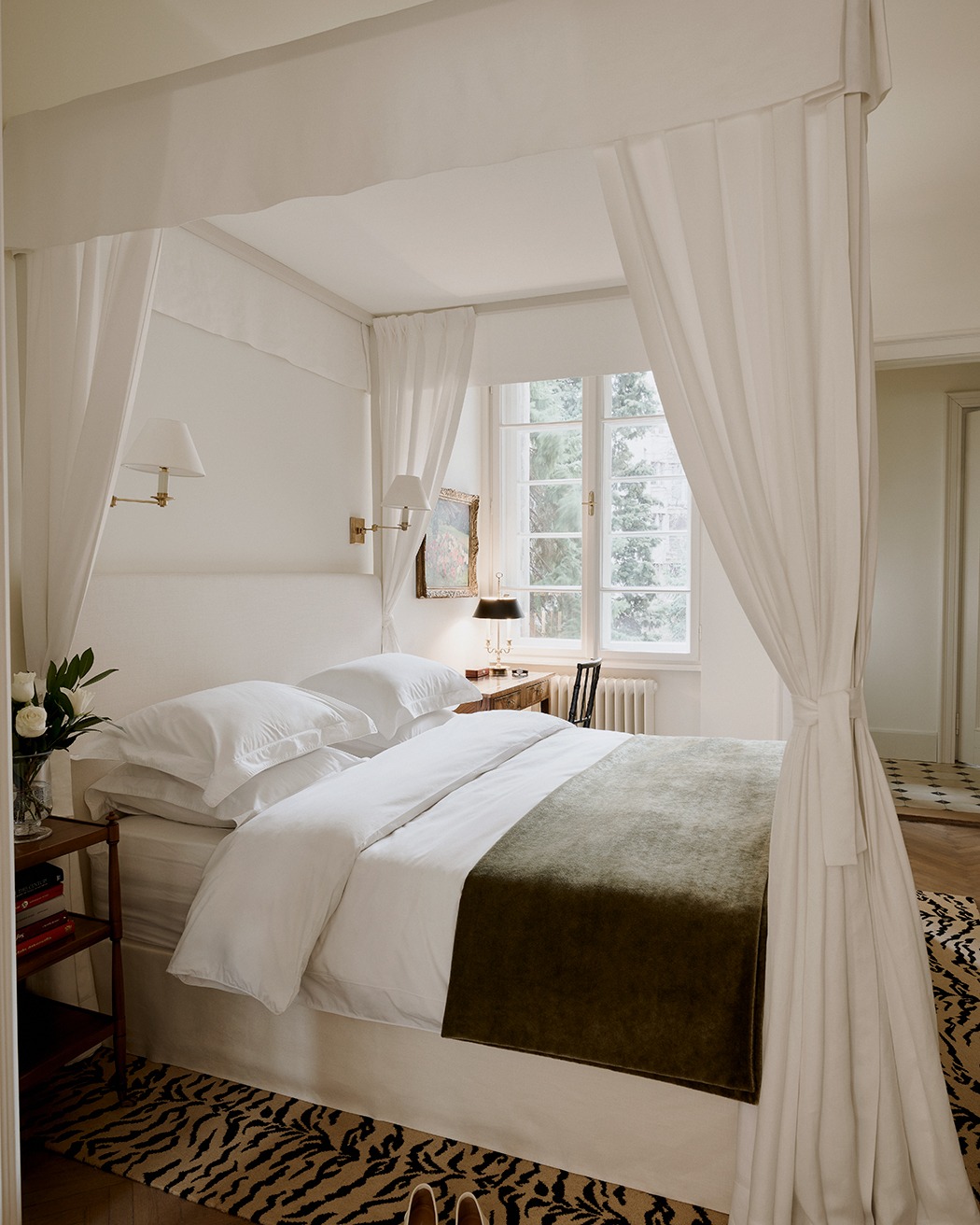
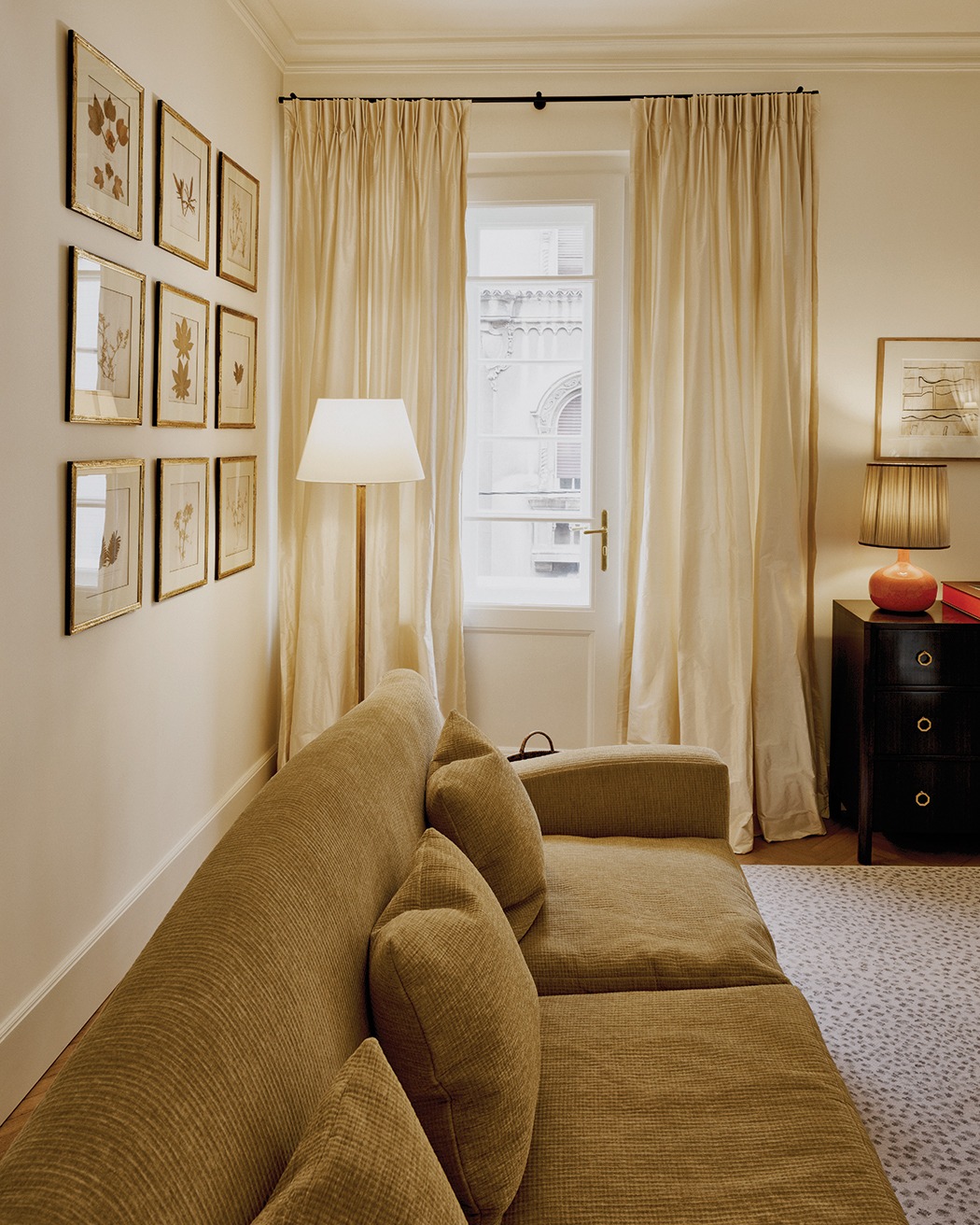
No da se malo vratimo na Guo Pei i fenomen njezinog dizajna i ljepote. Zanimalo me kako haljina koju je Guo Pei dizajnirala za Rihannu na Met Gali 2015. godine (a Ivana ima njezin tepih Empress Coral u svom stanu) predstavlja spoj mode, umjetnosti i performansa? Kako taj trenutak u popularnoj kulturi utječe na njezinu percepciju luksuza? „Guo Pei je na neverovatan način spojila kinesku tradiciju s modernim estetskim vrednostima, stvarajući dela koja su prepoznatljiva i usko povezana s njenom kulturom, a u isto vreme univerzalna i vizualno zadivljujuća“, rekla je Ivana, osvrćući se na rad Guo Pei. Dodala je da je tepih koji je dizajnirala za The Rug Company pravo umjetničko djelo te da je način na koji je svila provučena kroz motiv tog tepiha gotovo impresivan. „Ja luksuz doživljavam veoma kompleksno. Globalizam u savremenoj kulturi, sa svojom neumoljivom ekspanzijom, sve više utiče na autentičnost. Samo najhrabriji uspevaju odoleti njegovim udarima, a ona je svakako jedna od njih. Ljudi veoma često luksuz povezuju isključivo s materijalnim. Mene takva stajališta veoma plaše“, zaključila je Ivana.
Ako bi Midori opisala ne kao trgovinu, već kao iskustvo, kako bi to izgledalo? Ostala sam pod dojmom da je Ivanin cilj stvoriti nešto što će ostati u sjećanju, poput Guo Pei haljine za Rihannu. „Midori zaista jeste iskustvo koje, bez obzira na afinitete kupaca i klijenata, nikoga ne ostavlja ravnodušnim. Mogu slobodno reći da je Midori u svom portfoliju stvorio neverovatnu simbiozu brendova koji danas po svim standardima o kojima smo govorili zaista važe za najbolje na svetu“, objasnila mi je Ivana. „De Gournay i The Rug Company gotovo su neizostavan element svakog enterijera koji smo do sada radili. Količina emocije i lepote koja proizlazi iz njihovog spoja zaista je impresivna. Andrew Martin je brend koji ima izuzetnu sposobnost da se prilagodi svakom stilu. Nazivaju ga Indianom Jonesom enterijer dizajna. Ne mogu a da ne spomenem Martina Wallera, osnivača Andrew Martina, čija je energija zaista impresivna“, nastavila je Ivana. „Ja sam neizmerno srećna i zahvalna što je moja ideja prepoznata među svim tim velikim imenima i što imam priliku da sve ono najbolje što oni predstavljaju implementiram u Midori ideologiju.“ Andrew Martin, brend s jakim karakterom i čvrstim identitetom, očigledno zauzima važno mjesto u Midori ideologiji, a trendovi ne utječu na njegov smjer, jer je uvijek inovativan i svakom interijeru daje dozu twista. Vaughan, s druge strane, unosi sofisticiranost i profinjenost u svaki prostor, poznat po vrhunskom zanatstvu i korištenju luksuznih materijala, a u mom stanu prevladava upravo ta rasvjeta. Forbs&Lomax utičnice, novi član Midori obitelji, neodoljive su i mogu se okarakterizirati kao najsuptilniji nakit svakog interijera. Nakon svih tih velikih imena, ili bolje rečeno zajedno s njima Ivanin cilj jest stvoriti nešto nematerijalno, kao da se radi o nekoj ideologiji.
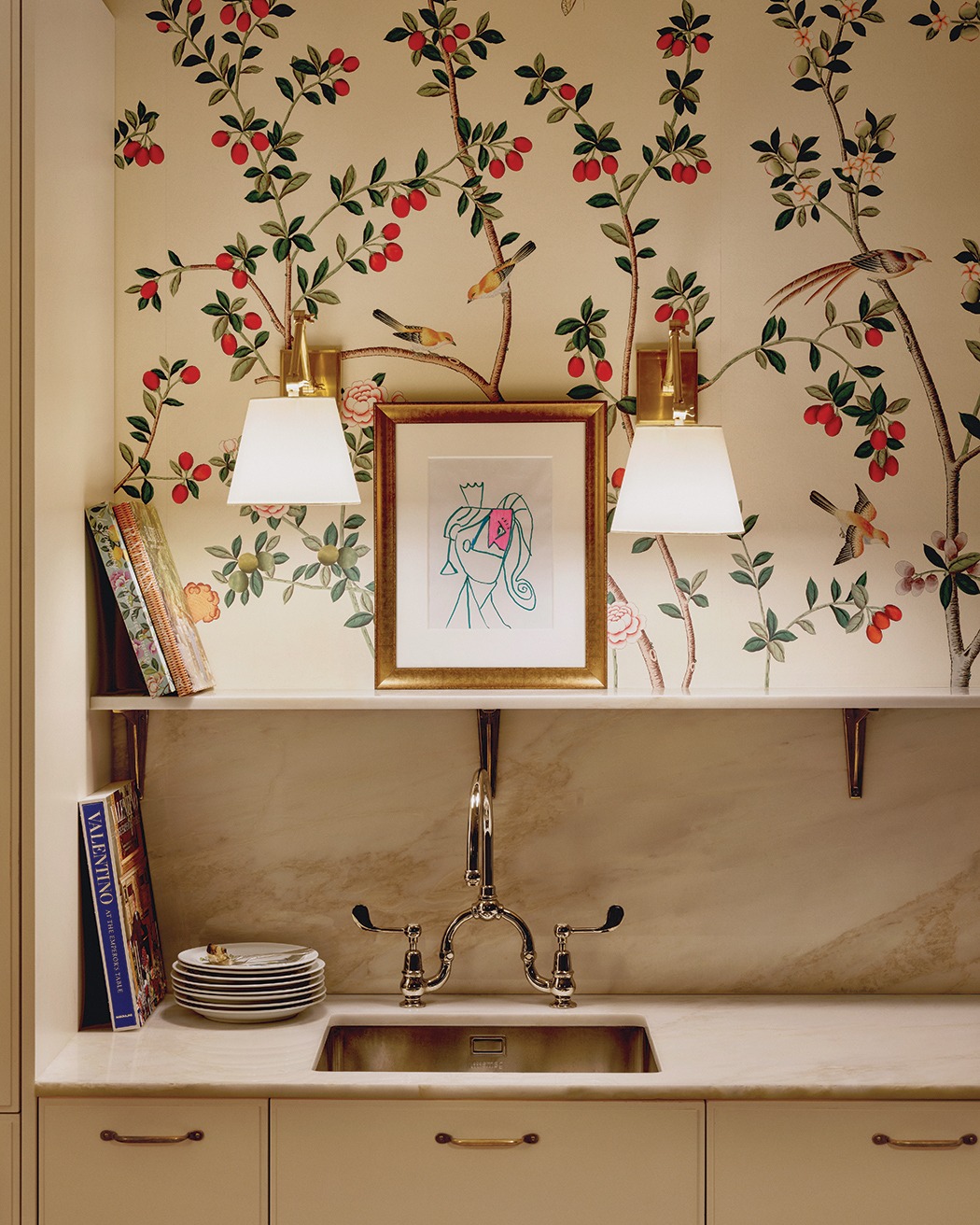
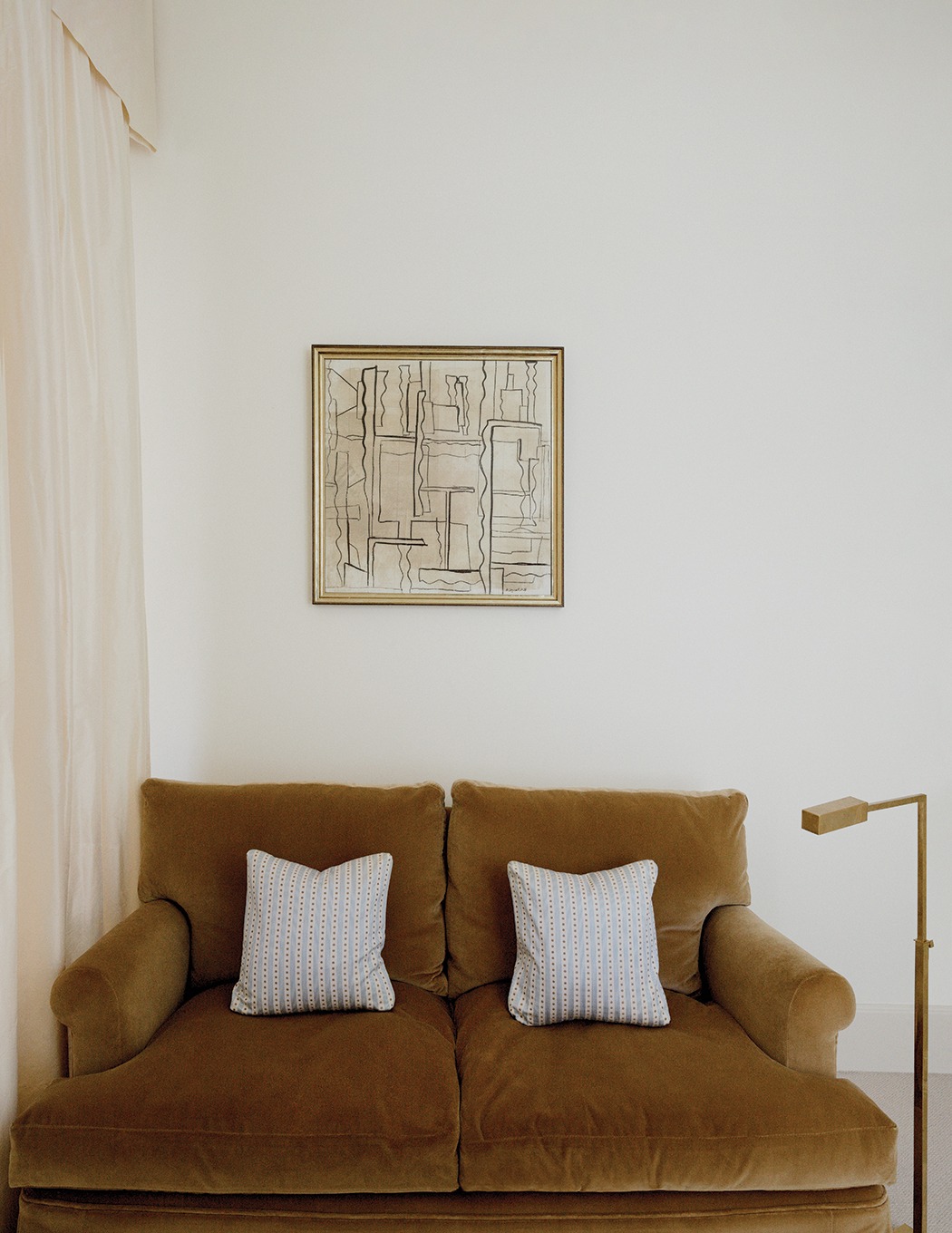
U njezinom radu i životu očito je da ljepota nije samo pasivna – ona izaziva, inspirira, čak i uznemiruje. Sigurno je postojao trenutak kad ju je neki dizajn ili umjetničko djelo toliko dirnulo da je promijenila nešto u sebi ili barem u svom prostoru. „Ljepota je za mene veoma složena i ja iz nje crpim inspiraciju za sve što radim ili osećam. To je jedan veoma složen proces. Mene ne uznemirava lepota, nego njeno odsustvo“, pojasnila je Ivana, i kao da mi je malo više otvorila oči jer je tako elegantno formulirala ono što, vjerujem, svi mi osjećamo na nekoj bazičnoj razini. „Lepota je za mene slična metafizici. Ona emituje impulse za koje je potrebno imati otvoreno srce i um u svakom trenutku. Kad god osetim da je taj protok na neki način ugrožen, a najčešće biva ugrožen ljudskim uticajima, ja se povlačim u svoj svet koji je kao u slici koju sam izdvojila, vrt prepun cveća ograđen žicom“, nastavila je Ivana, objašnjavajući da ljepotu doživljava kao nešto duboko i kompleksno, nešto što zahtijeva otvorenost i osjetljivost. „Interesantno je da u prostoru u kojem živim ne želim da promenim baš ništa“, zaključila je Ivana, otkrivajući da je njezin dom savršen odraz njezine vizije ljepote.
„Tko su za Vas ikone stila ili dizajna iz prošlosti koje su Vas inspirirale i oblikovale Vaš estetski senzibilitet? Jesu li to bili umjetnici poput Eileen Gray ili arhitekti poput Le Corbusiera, ili možete navesti neki manje očekivani primjer?“, pitala sam ju. „Ako govorimo isključivo o ikonama stila iz prošlosti, mislim da je Truman Capote u izboru svojih labudica bio neprikosnoven u toj odrednici svog vremena. Lee Radziwill, Babe Paley, Marella Agnelli, Slim Keith…“, odgovorila je Ivana, ističući Capoteov izvanredan osjećaj za stil i eleganciju. „Kada je u pitanju arhitektura, moram priznati da se ne vezujem ni za jedan određeni pravac niti period. Ako moram nekog izdvojiti, to bi bio Piero Portaluppi, čiji se rad oslanjao na eklekticizam i neoklasicizam s određenim elementima modernizma. Izdvojila bih njegovu Villu Necchi kao najsjajniji primjer rane moderne i art dekoa“, nastavila je Ivana, naglašavajući Portaluppijev jedinstveni spoj stilova. „Pored njega svakako Josefa Hoffmanna kao predstavnika secesije i modernizma u arhitekturi. Stoclet Palace kao najznačajniji primjer bečke secesije i art nouveau stila, iako naizgled ne izgleda blisko mom senzibilitetu, zaista je pravi simbol jednog od najljepših trenutaka u evropskoj umetnosti i arhitekturi s kraja 19. i početka 20. stoleća“, zaključila je Ivana, dodajući Hoffmanna kao još jednog arhitekta koji je ostavio neizmjerno snažan dojam na nju.
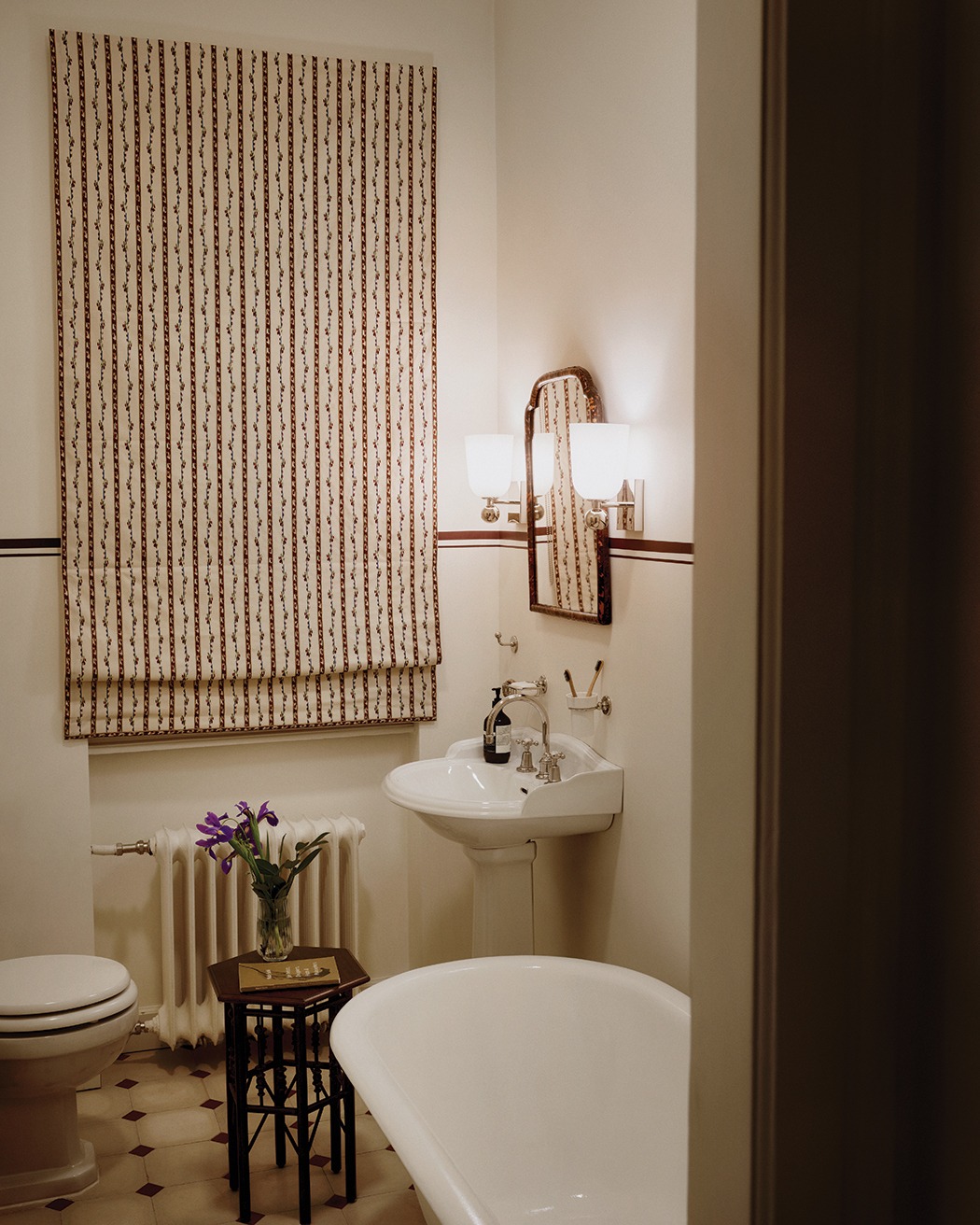
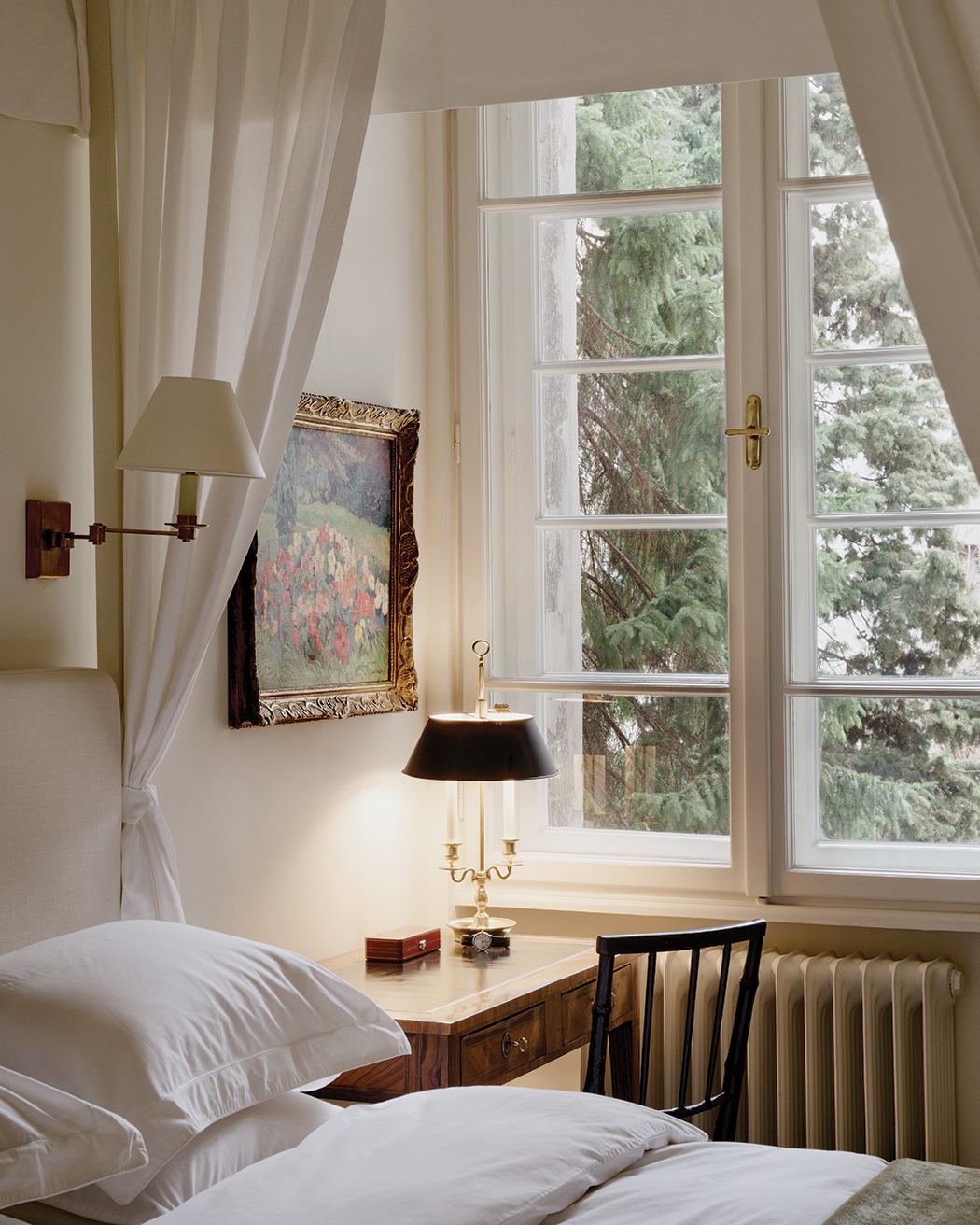
Umjetnički pokreti ili periodi najviše odražavaju njezin osobni stil. Jesmo li bliže ekstravaganciji Art Decoa, minimalizmu Bauhausa ili možda organskim oblicima Art Nouveaua? Ivana je pojasnila da se ne veže ni za jedan konkretan period, naglašavajući da je njezin osobni stil prije svega eklektičan. Oduvijek ju je inspirirao i fascinirao Renzo Mongiardino, upravo zato što je na jedinstven način uspijevao spojiti klasični stil, barok, rokoko, pa čak i elemente Art Decoa, stvarajući sofisticirane prostore s karakterom. A koji bi ikonični predmet iz povijesti umjetnosti ili dizajna Ivana voljela posjedovati – je li to Tiffany lampa, Eames stolica ili možda precizno izrađen komad japanskog zanata? Sigurno postoji još jedan, barem malen predmet obožavanja u njezinom univerzumu. „To bi definitivno bio ‘Lapin à Vent de Tourtour’ (2002), Françoisa-Xaviera Lalannea“, odgovorila je Ivana, ističući i rad Isabelle Brizzi, francuske kiparice poznate po svojim brončanim skulpturama životinja. Ispričala je kako se s njezinim radom upoznala sasvim spontano u jednoj predivnoj briselskoj galeriji, napominjući da su njezini preci surađivali s umjetnicima poput Alberta Giacomettija, Salvadora Dalíja i Joana Miróa. Dodala je i da se jedna od njezinih skulptura nalazi u jednom od njezinih najdražih projekata u Londonu.
„U Japanu sam spoznala jednu zaista veliku istinu, a to je da je lepo ono što je skladno. Mislim da se u ovoj definiciji lepote sasvim prirodno nadovezuju funkcionalnost i praktičnost“, možda je ova Ivanina rečenica najbliža univerzalnoj definiciji ljepote.
„Trendovi i lepota su za mene dva potpuno odvojena pojma. Nisam pobornik trendova, vrlo vešto odolevam njihovoj primeni u onome što radim. Mislim da nepovoljno utiču na individualnost i autentičnost, a toga se teško odričem.“
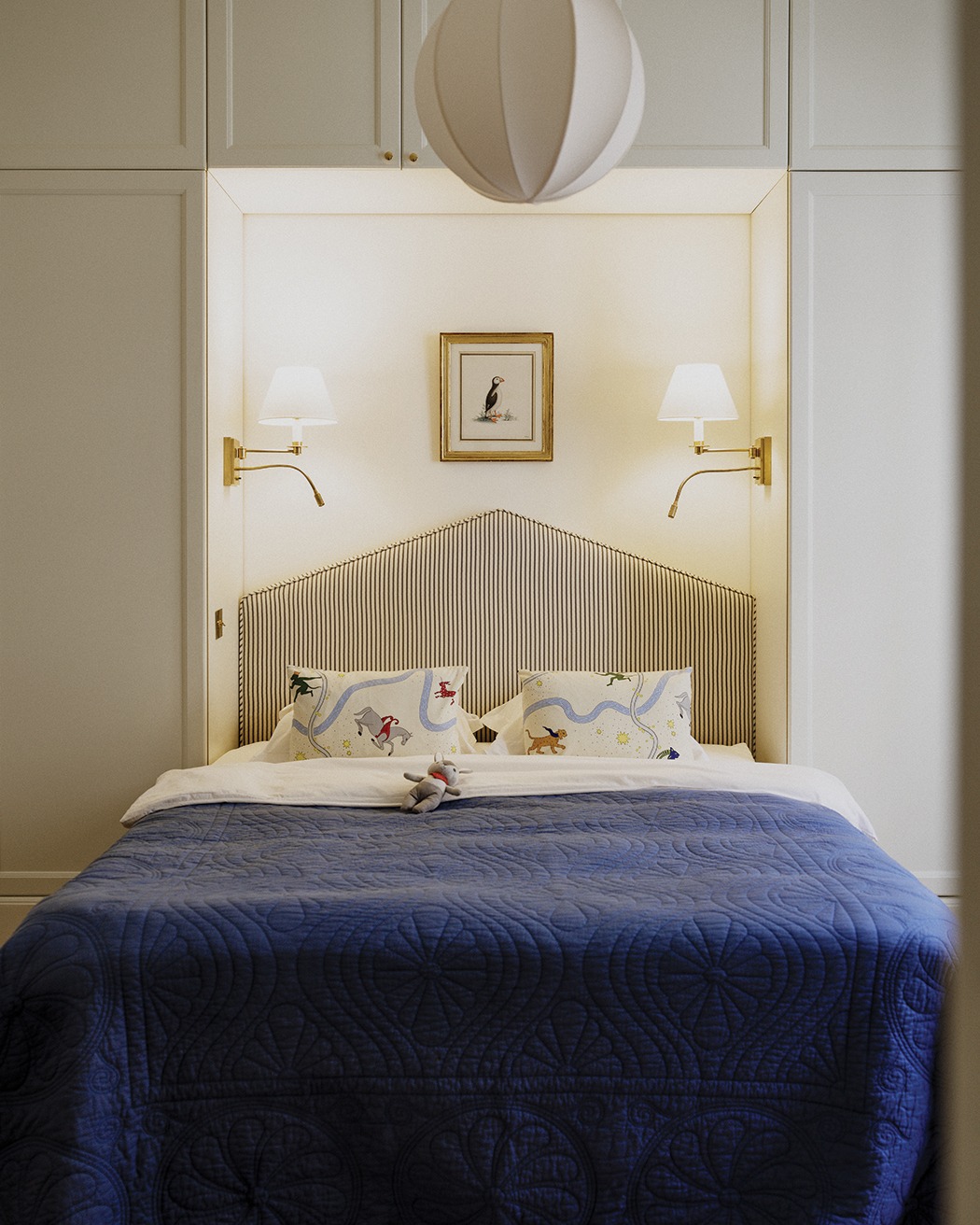
Zanimalo me kako ljepota ulazi u Ivanin svakodnevni život, postoji li neki ritual ili predmet koji koristi svakodnevno, a koji ju podsjeća na važnost estetike u svakom trenutku. Ivana duboko vjeruje da sva ljepota koju smo u stanju opaziti i implementirati u naš život izvire duboko iz istine o našem biću. Prisjetila se riječi Diane Vreeland koja je, po njezinom mišljenju, dotakla samu bît stvari: „Prava elegancija je u umu. Ako to imaš, ostalo dolazi samo od sebe.“ A kako zamišlja budućnost umjetnosti i dizajna, hoće li tehnologija promijeniti način na koji doživljavamo ljepotu, ili će se uvijek vraćati klasični, ručno rađeni predmeti? „To se na izvestan način već događa, što ne mislim da je dobro“, odgovorila je Ivana. Iako smatra da je napredak tehnologije nevjerojatan fenomen, naglasila je da u području ljepote i ručnog rada postoje vrijednosti koje, koliko god bila napredna, tehnologija neće uspjeti nadmašiti. Vjeruje da će se klasični, ručno rađeni predmeti uvijek vraćati, ukazujući na svoju nezamjenjivost.
U svijetu koji neprestano teži novom i prolaznom, ova razmišljanja i osjećaji o dizajnu i umjetnosti stoje kao oaza vječnog. Ivana Mrđa stvorila je prostor u kojem se ljepota ne nameće, već se otkriva, u kojem se ne prodaju samo predmeti nego i ideje, snovi, vizije. Dizajn nije samo estetika, već i etika, ljepota nije samo luksuz, nego i potreba, predmeti nisu samo stvari, već i priče. I da, kako je Diana Vreeland rekla: „Prava elegancija je u umu.“ Ivana je uspjela kreirati mjesto gdje um postaje dom, a ljepota postaje način života